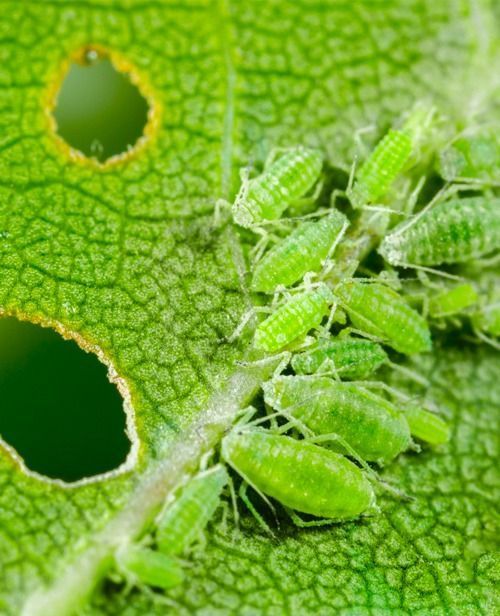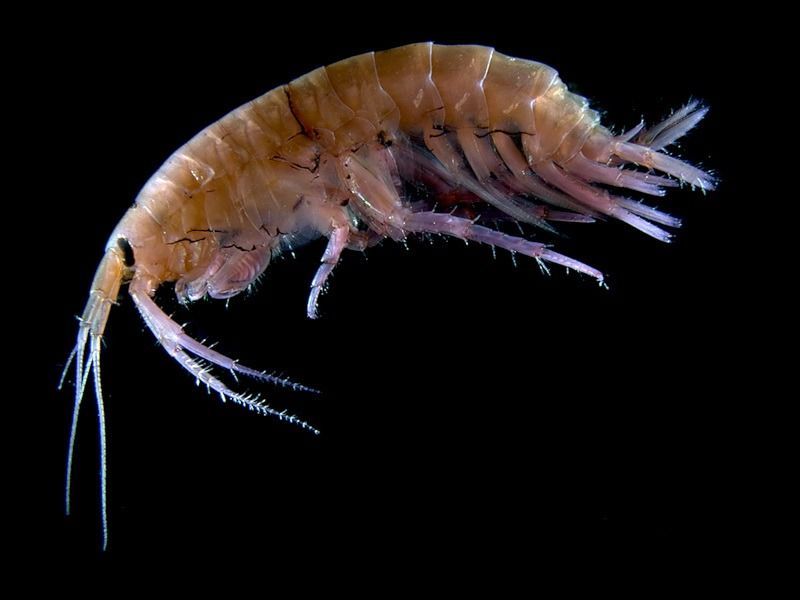5 Animal blogs not about rats, mice or zebrafish
The scope of measuring behavior goes beyond rats, mice and (zebra)fish. As behavioral experts we love to also highlight research in animals such as mites, elephants, dolphins and shrimps.
Posted by
Published on
Thu 20 Oct. 2022
Topics
| Behavioral Research | EthoVision XT | The Observer XT | EntoLab |

Cover image credit: Oregon Zoo
The scope of animal behavior goes beyond rats, mice and (zebra)fish. At Noldus we are behavioral experts, which applies to all animals. Behavioral solutions such as EthoVision XT and the Observer XT offer the flexibility to also be used for elephants, dolphins, numerous types of insects and even shrimp (and much more).
5 Animal blogs not about rats, mice or zebrafish | measuring behavior
Take a look at a collection of blogs we’ve assembled for you about these other types of animals!
Video tracking insects to study behavior
There are many reasons why researchers study insect behavior. Fruit flies like Drosophila melanogaster, which are easily manipulated to produce genetically distinct strains, have a genetic structure that is quite comparable to that of the human genome.
This makes them a highly useful model for learning about the influences of genes on behavior in neuroscientific studies. But in another field, insect pest resistance research, EthoVision XT (in combination with EntoLab) has also proven to be a robust research tool.
1: Pest resistance research: Video tracking walking speed in Mites
Patrice Jacob Savi [1] demonstrated that tomato genotypes with a high density of glandular trichomes significantly reduce the red tomato spider mite's walking speed and mobility. Additionally, these genotypes have a high level of spider mite resistance [2]. This is very encouraging for plant breeding for resistance to the major tomato pest species: the red tomato spider mite.
Read the full blog post here: https://noldus.com/blog/mites-trichomes-walking-speed-ethovision

2: Screening plants for resistance to insect pests
EntoLab provides a long awaited solution to investigate the feasibility and efficacy of applying natural defense mechanisms to crops. This come forth from an urgent call and a need to reduce the use of harmful pesticides.
In recent years, there has been a lot of interest in breeding for host-plant resistance to sucking insects. EntoLab provides reliable phenotyping technologies that can efficiently and accurately screen a wide range of plant lines where conventional plant phenotyping methods mainly focus on costly, labor-intensive, and time-consuming end-point measurements of feeding damage or insect performance (reproduction and mortality).
Read more about this in the full post on insect resistance: https://noldus.com/blog/insect-resistance

Observing behavior in domesticated and wild animals
The Observer XT is a powerful piece of software that can be used to study the behavior of wild and domesticated animals. Scoring behaviors with the Observer XT can be done either live or offline, and can be adapted to your methods and your research circumstances. It is designed to make your research more efficient and extensive with data synchronization: allowing you to study correlations between location, physiological responses, and specific behaviors.
Check out these two blogs of studies that used the Observer XT to (3) study Elephants in the Oregon Zoo and (4) study dolphins in the Caribbean sea.
3: Do elephants at the Oregon Zoo like their new habitat?
Elephants in the Oregon Zoo were closely observed over a four-year period. Blood and feces samples were collected to detect reproductive and adrenal hormones and GPS bracelets were fitted to record walking distances, all serving to perform in-depth behavioral evaluations [3].
Why was this done? The zoo wanted to enhance their animals’ welfare; for the elephants this meant a sophisticated new environment was built with more (feeding) choices and natural substrates to improve psychological well-being.
By assessing their activity, hormone levels, and behavior prior to, during, and after construction, the researchers found some interesting benefits! Read more in the full blog post here: https://noldus.com/blog/behavioral-research-elephants-new-habitat

4: Using The Observer XT to measure aggressive behavior in Dolphins
As part of the Wild dolphin project, bottlenose dolphins (Tursiops truncates) and Atlantic spotted dolphins (Stenella frontalis), which are sympatric species, were studied in the northern Bahamas [4]. It is known that these species move and hunt together, yet also engage in hostile confrontations.
A behavioral ethogram was developed which was scored using The Observer XT. Behavioral readouts were put in three categories:
- Display: Arching, producing bubbles, open mouth, jaw clapping, etc.
- Pursuit: Chasing or following another dolphin
- Contact: Charging, holding down, biting, tail slapping, etc.
If these activities were aimed against a member of the same species or a member of a different species, they were rated as intra- or inter-specific, respectively.
The two species of dolphins showed a degree of behavioral plasticity based on forced adaptation of moving into a new (shared) territory. Read about all findings in this blog post: https://noldus.com/blog/aggression-in-dolphins

5: Overcoming challenges to video track small shrimp
Research on the ecology of tiny water shrimps called Gammarus insensibilis, published by scientists of the University of Salento in southern Italy, pushed the boundaries of video tracking [5]. Gammarus insensibilis is challenging to track: it avoids sunlight and is semi-transparent.
Not one, but three high-resolution cameras were positioned above a complex maze with multiple compartments/areas. The video feeds were analyzed as one arena in EthoVision XT and compiled with a complex, but very clever analysis:
As the shrimps traveled from one area to the next, or made a "transition", EthoVision XT captured the event. Each channel between the chambers (stocked with food) was separated into three pieces. In this method, the frequency and speed at which an animal exited one chamber and entered another could be measured.
With this information these transitions could be linked to a specific animal. Read more about this innovative technique in the full blog post: https://noldus.com/blog/gammarus

Experts in measuring behavior
Noldus has a strong academic backbone. We have, and distribute, a lot of information apart from our behavioral solutions. We hope you enjoyed reading this blog and if you're thinking about doing research in rodents but don't know where to start?
Make sure to check out our free e-book on the basics of behavioral neursocience. This is one of many downloadables to help you advance your research. Until next time!
References- Krips, O., Kleijn, P., Willems, P. et al. Leaf hairs influence searching efficiency and predation rate of the predatory mite Phytoseiulus persimilis (Acari: Phytoseiidae). Exp Appl Acarol23, 119–131 (1999). https://doi.org/10.1023/A:1006098410165
- Savi, P.J., de Moraes, G.J., Carvalho, R.F. et al. Bottom-up effects of breeding tomato genotypes on behavioural responses and performance of Tetranychus evansi population. J Pest Sci95, 1287–1301 (2022). https://doi.org/10.1007/s10340-021-01437-5
- Glaeser, S.S.; Shepherdson, D.; Lewis, K.; Prado, N.; Brown, J.L.; Lee, B.; Wielebnowski, N. (2021) Supporting zoo Asian elephant (Elephas maximus) welfare and herd dynamics with a more complex and expanded habitat. Animals 11, 2566
- Volker, C. L.; Herzing, D. L. (2021). Aggressive Behaviors of Adult Male Atlantic Spotted Dolphins: Making Signals Count during Intraspecific and Interspecific Conflicts. Anim. Behav. Cogn., 8 (1), 35–51
- Shokri M, Cozzoli F, Ciotti M, et al. A new approach to assessing the space use behavior of macroinvertebrates by automated video tracking. Ecol Evol. 2020;00:1–11. https://doi.org/10.1002/ece3.71292.
Related Posts

How fruit flies find your food (and mates!)

